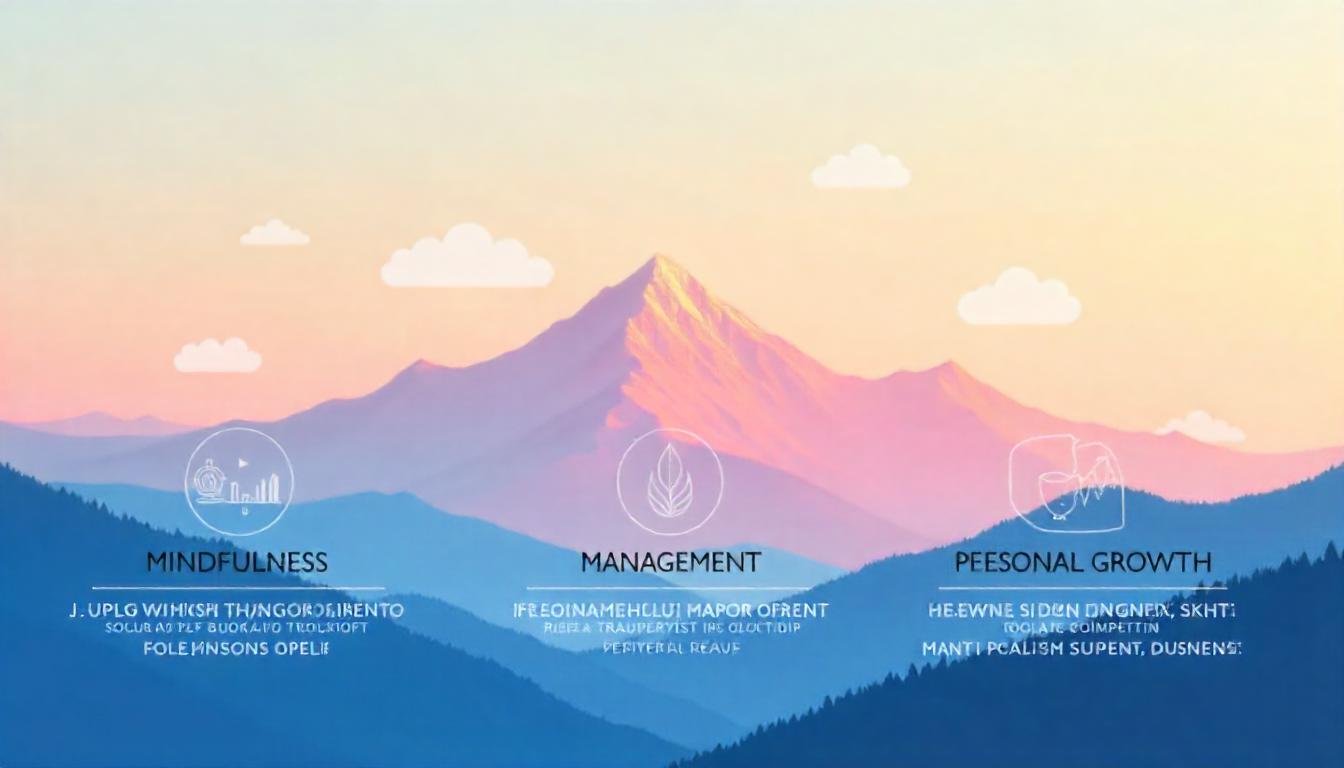Imagine a Woman by the Bayou: Stories Whispered in Three Languages, Under the moss-draped oaks of 19th-century Louisiana, a voice carried across the wetlands—a blend of French elegance, Creole rhythm, and English pragmatism. This was Jewli Ann Lareaux, a woman whose stories did more than entertain; they safeguarded a vanishing culture and ignited one of America’s earliest environmental movements. Born into a multilingual Creole society, Lareaux became a bridge between worlds, using oral narratives to unite communities and defend the fragile ecosystems that shaped her home. Her legacy? A blueprint for how storytelling can fuel both cultural preservation and grassroots activism.
The Making of a Cultural Architect: Jewli Ann Lareaux’s Early Years
Humble Roots in a Melting Pot
Jewli Ann Lareaux was born in the 1830s in southern Louisiana, a region where French colonists, West African communities, and Native Americans intertwined. Creole society thrived here—not just as a racial identity but as a linguistic and cultural tapestry. Lareaux grew up hearing her grandmother’s folktales in Haitian Creole, her father’s French trading anecdotes, and her neighbors’ English gossip at the local market.
Why Language Was Her First Rebellion
At a time when post-colonial Louisiana pressured Creole communities to assimilate, Lareaux refused to let her mother tongues fade. She mastered code-switching, tailoring her stories to her audience:
- French: For wealthy landowners, tales of les mystères (the mysteries) of the bayou.
- Creole: For local families, parables about resourcefulness, like “Ti Jean et la Mangouste” (Little John and the Mongoose).
- English: For policymakers, pragmatic allegories about land stewardship.
How Stories Became Shields: Preserving Folklore in a Divided Era
The Three Tongues of Resistance
Lareaux’s narratives weren’t just entertainment—they were acts of preservation. She documented vanishing customs, like Courir de Mardi Gras (a rural Mardi Gras tradition), through oral histories. Her multilingual approach ensured these stories reached everyone, from French-speaking elites to Creole fishermen.
A Tale That Saved a Tradition
One of her most famous stories, “La Danse des Éclairs” (The Dance of Lightning), revived interest in Creole folk dances. The tale, about a storm that teaches villagers to respect nature’s power, became a rallying cry for cultural pride.
Also Read: Make1m.com Luxury: Crafting a Life of Opulence and Experience
Wetlands Warrior: The Unexpected Environmentalist
When Folklore Met Ecology
Long before “wetland conservation” entered lexicons, Lareaux saw Louisiana’s swamps as living libraries. Her stories personified the ecosystem:
- Alligators as ancient guardians.
- Cypress trees as wise elders.
- Erosion as a “hungry spirit” devouring the land.
Grassroots Mobilization, 1800s Style
Lareaux organized “veillées écologiques” (ecological night gatherings), where communities discussed land preservation over shared meals. She mapped disappearing wetlands using local knowledge, creating one of the first oral records of ecological change.
Lareaux’s Conservation Strategies vs. Modern Approaches
| Tactic | Lareaux’s Era (1800s) | Today’s Equivalent |
|---|---|---|
| Community Engagement | Storytelling by firelight | Social media awareness campaigns |
| Data Collection | Oral histories from elders | Satellite imaging & AI analytics |
| Advocacy | Parables shared with landowners | Lobbying for federal protections |
Breaking Barriers: Race, Gender, and the Power of Persuasion
Navigating a Fractured Society
As a mixed-race woman in the antebellum South, Lareaux faced dual prejudices. Yet she turned her identity into an asset:
- To white audiences: She emphasized shared economic stakes (e.g., fertile land = better crops).
- To Creole communities: She framed conservation as honoring ancestral ties to the land.
The Incident at Petit Lac
In 1872, Lareaux convinced a white plantation owner to halt levee construction by recounting a Creole legend about a flooded village. The levee was redesigned, sparing 200 acres of wetlands.
Legacy: Where Culture and Nature Converge
The Stories That Outlived Her
Lareaux died in 1898, but her tales endured through:
- Oral tradition: Passed down for generations in Creole families.
- Early written records: A 1902 ethnographer documented 42 of her stories.
- Modern conservation: Her “hungry spirit” erosion parable inspired 1970s wetland policies.
Your Turn: How to Honor Lareaux’s Spirit Today
- Visit a wetland with a local guide (ask for Creole folktales!).
- Support oral history projects like the Louisiana Voices Program.
- Use stories, not just data, to advocate for causes you care about.
Also Read: Nostradamus Predictions Australia: Separating Fact from Fiction
FAQs
What languages did Jewli Ann Lareaux speak?
French, Louisiana Creole, and English. She blended all three in her storytelling.
How did her work impact wetland conservation?
Her narratives made ecological threats relatable, inspiring community-led preservation a century before federal laws.
Was she recognized in her lifetime?
Locally, yes—but national acclaim came posthumously through 20th-century ethnographers.
Did she write her stories down?
No; she believed oral telling kept stories “alive.” Many were transcribed by others after her death.
Where can I hear her tales today?
The New Orleans Historic Voodoo Museum features some of her stories in interactive exhibits.










